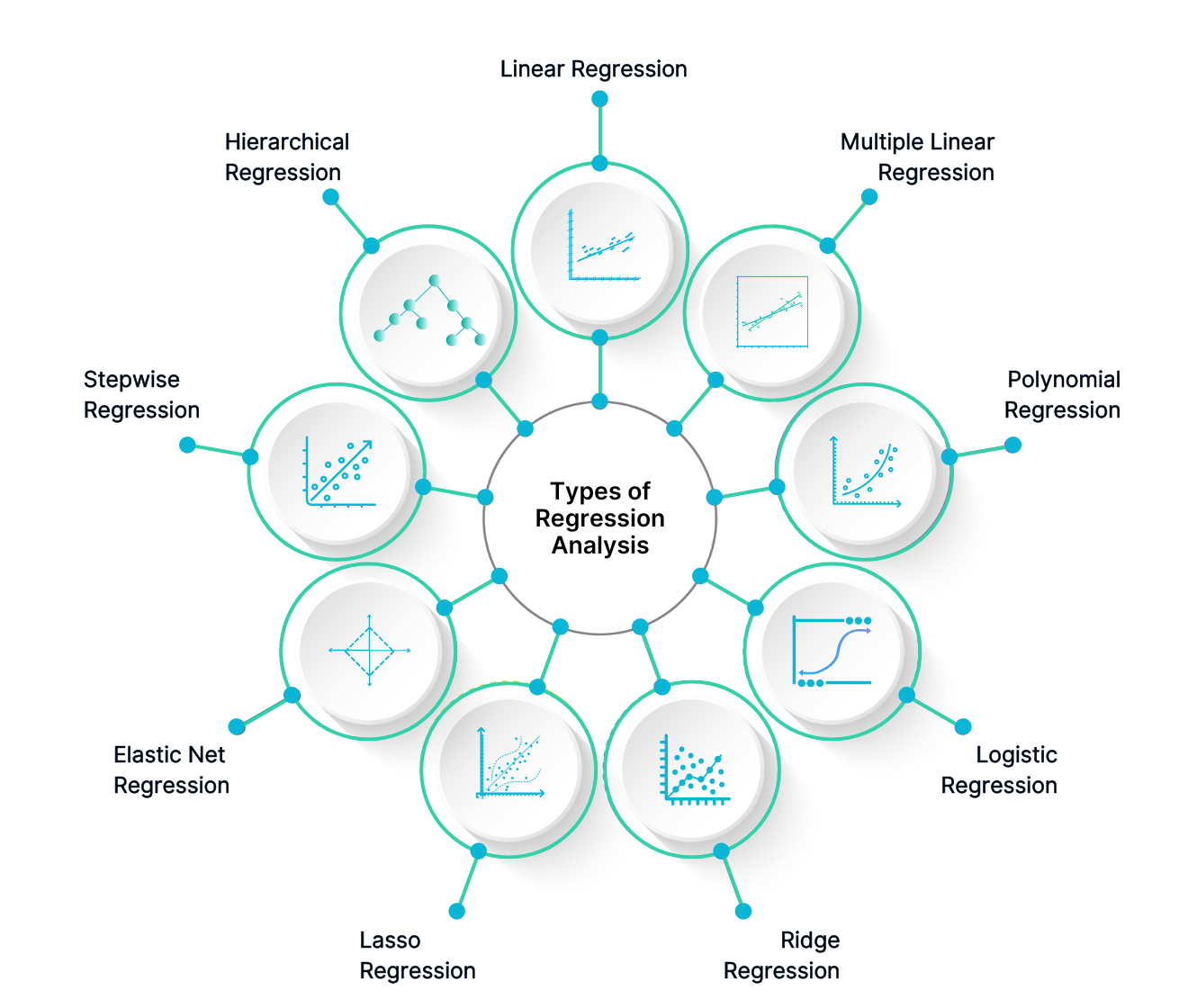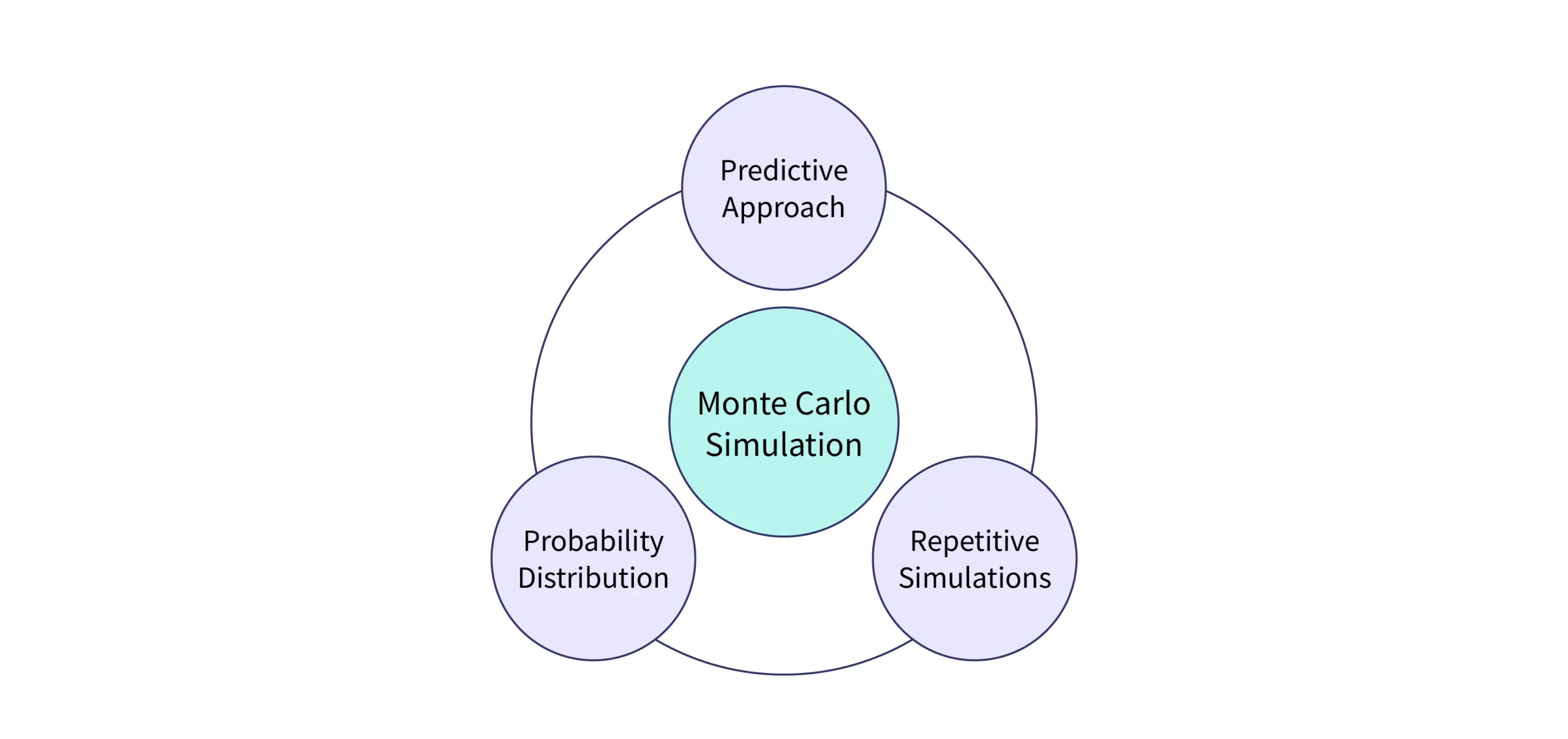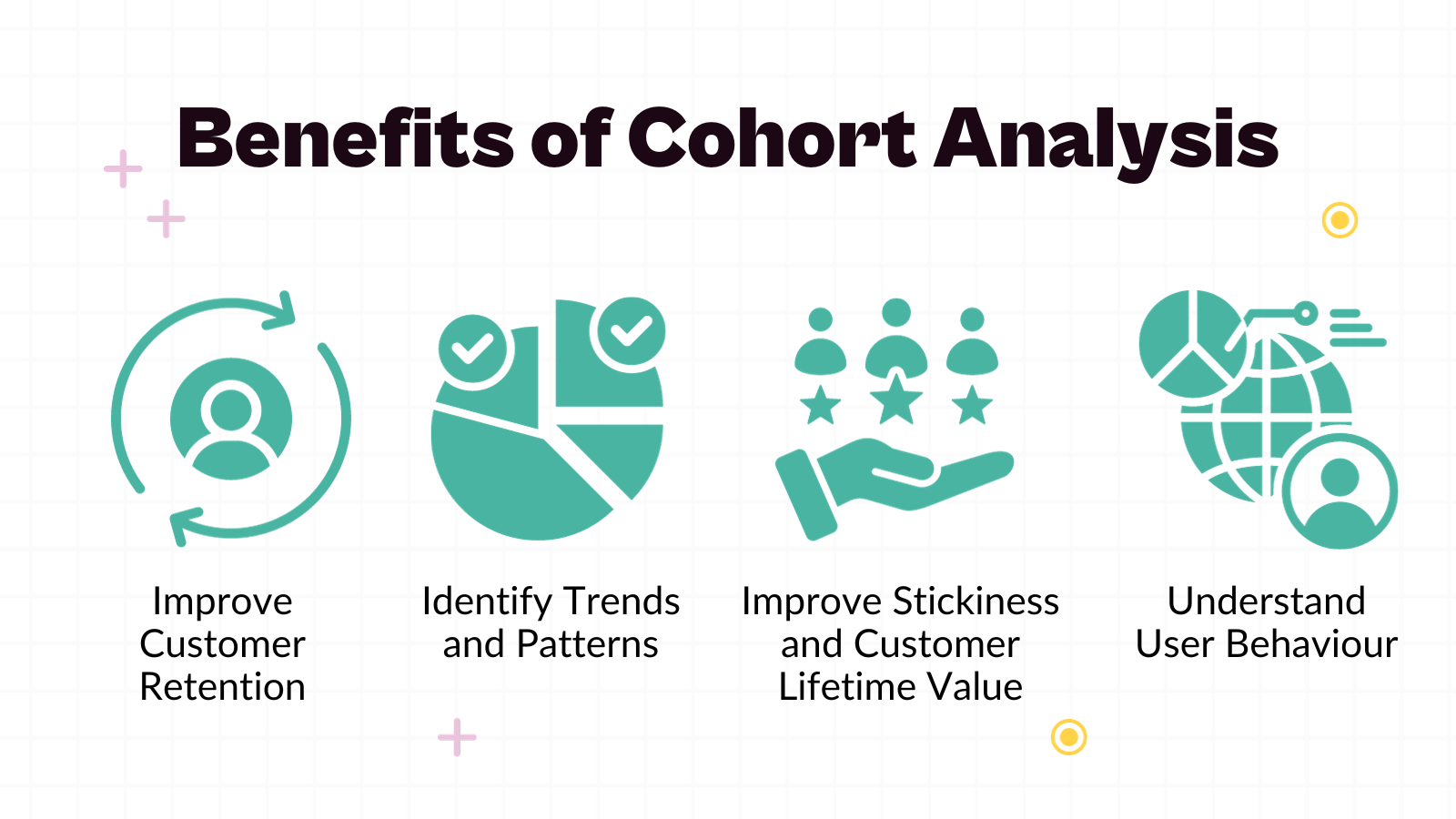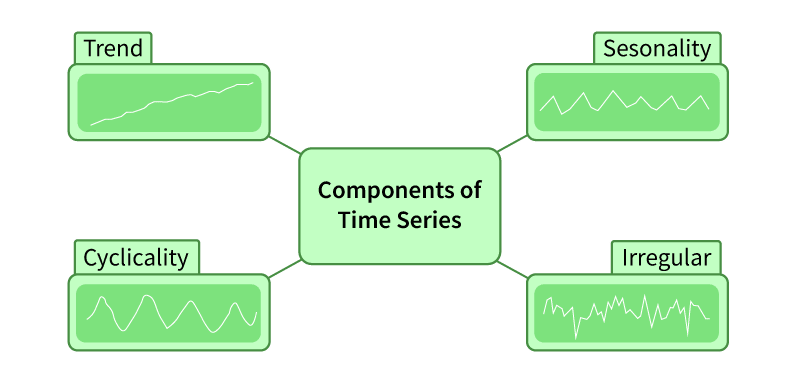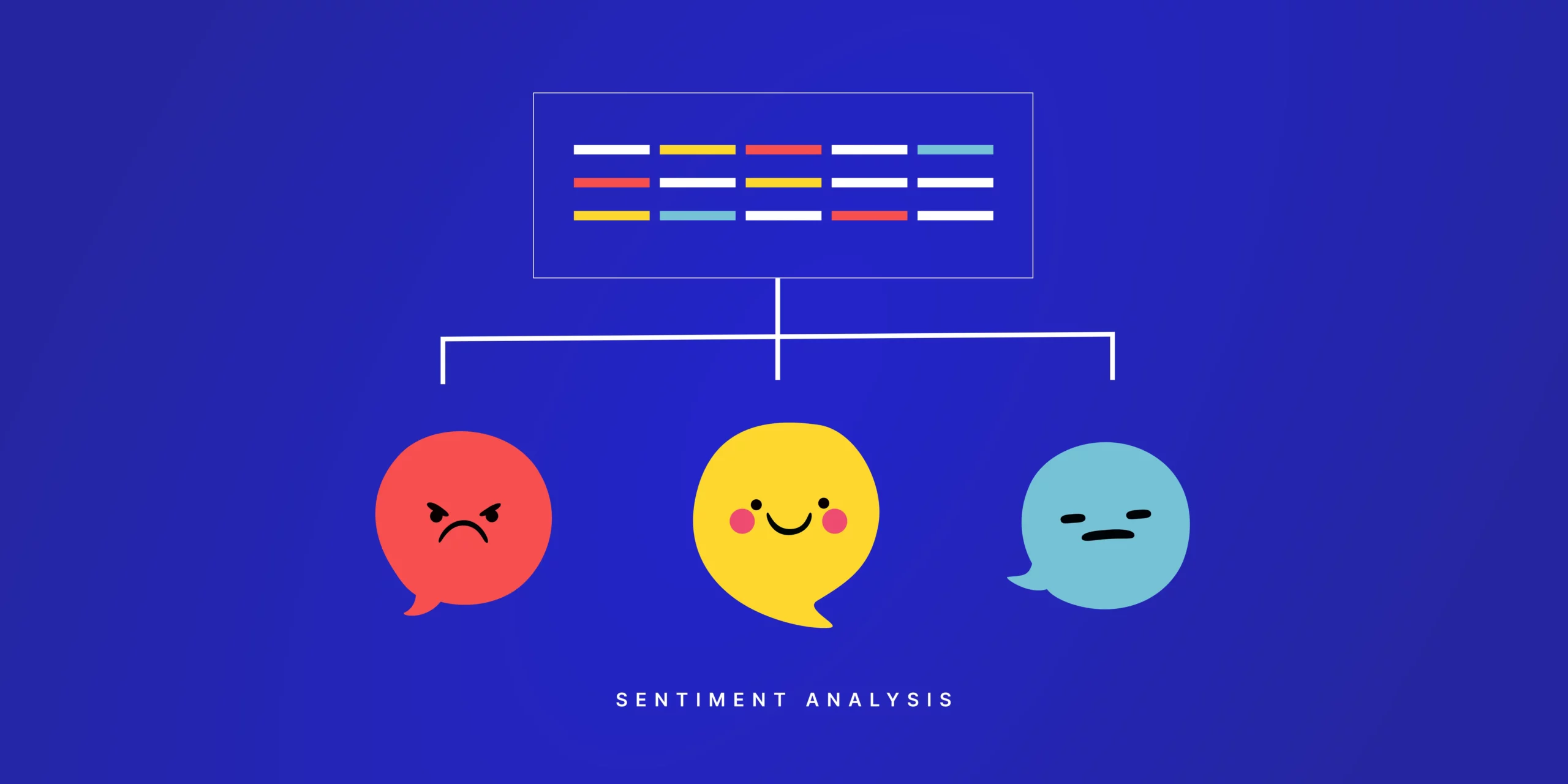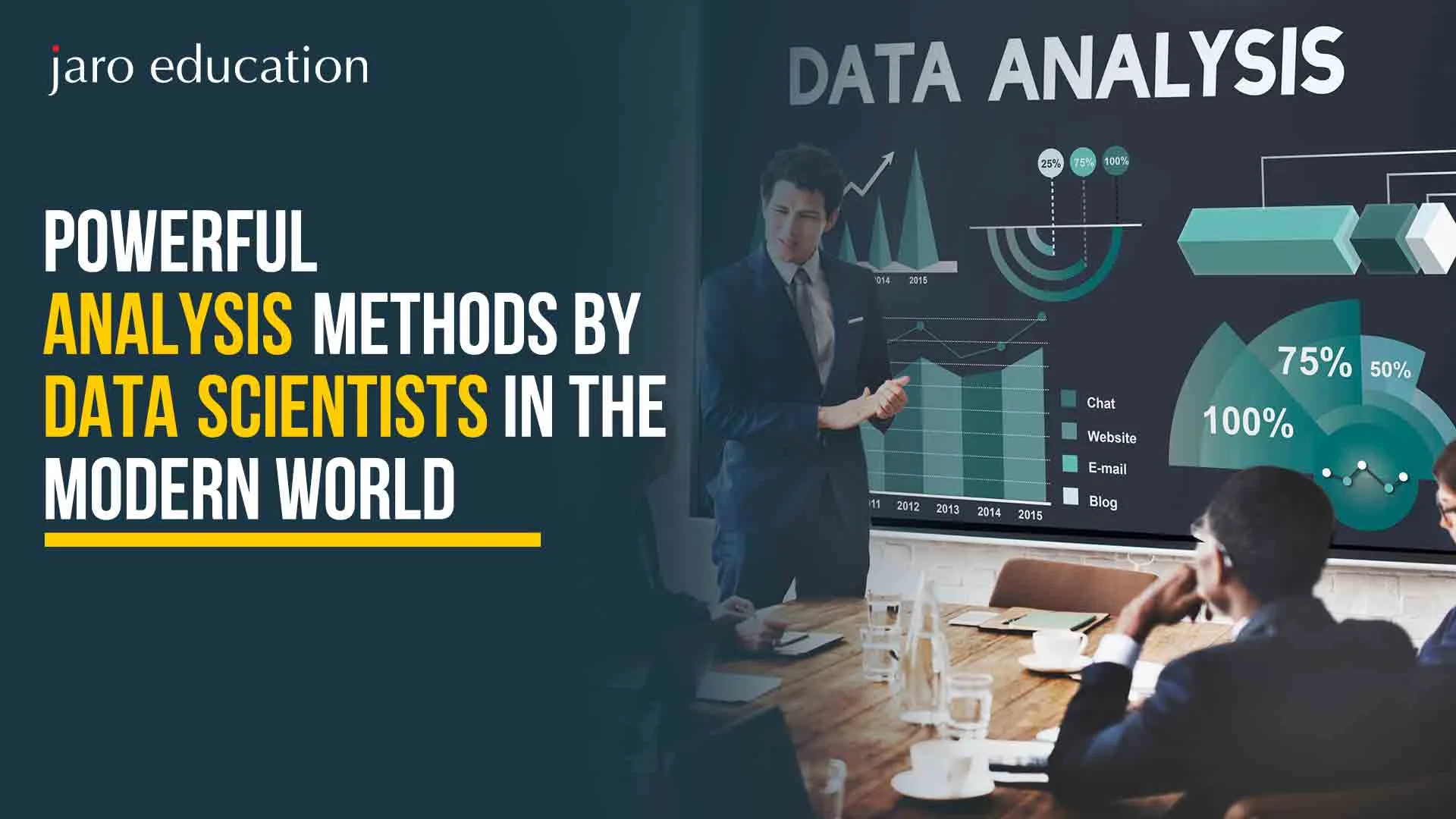
Powerful Analysis Methods by Data Scientists in the Modern World
Can you imagine predicting sales growth and understanding customers? Would it be possible to predict your preferences or the next big trend in your industry? With an effective data analysis method, this is all possible.
In this post, we will review some of the most prominent analysis methods given by data scientists today. It is not relevant whether you are a professional data worker or just beginning; knowing these methods will further enhance your ability to derive insights from data. We will discuss regression analysis, Monte Carlo simulations, factor analysis, cohort analysis, cluster analysis, time series analysis, and sentiment analysis. Each of these data analysis methods has inherent strengths and is useful in application. We will assist you in comprehending the potential applications of each analysis method for your company.
Table Of Content
Modern World Data Analysis Techniques
Conclusion
Frequently Asked Questions
Modern World Data Analysis Techniques
Conclusion
An organization’s capacity to use robust analysis methodologies is important to keeping up with competitors in an ever-growing, data-dominated world. From regression to Monte Carlo simulations to cohort analysis to sentiment evaluation, these methods equip data scientists to translate complicated datasets into useful insights. Once an organization understands these methods, it can rely on data to make decisions, develop its product or service with purpose, and increase customer satisfaction.
As data continues to proliferate and becomes more complex, mastering these sophisticated consideration methods will be essential for anyone or any organization looking to succeed in the modern business world. Harnessing the possibility of data-based analyses will help enable innovation and build success in an increasingly competitive world.
So, whether you’re a data analyst, a business leader, or simply someone interested in the domain of data analytics, becoming familiar with these powerful consideration methods will help you unleash the potential of data and make better-informed decisions.

Frequently Asked Questions
Here are seven of the top data analytics tools:
- Python
- R Programming
- SQL
- Julia
- Excel
- Spark
- Power BI


